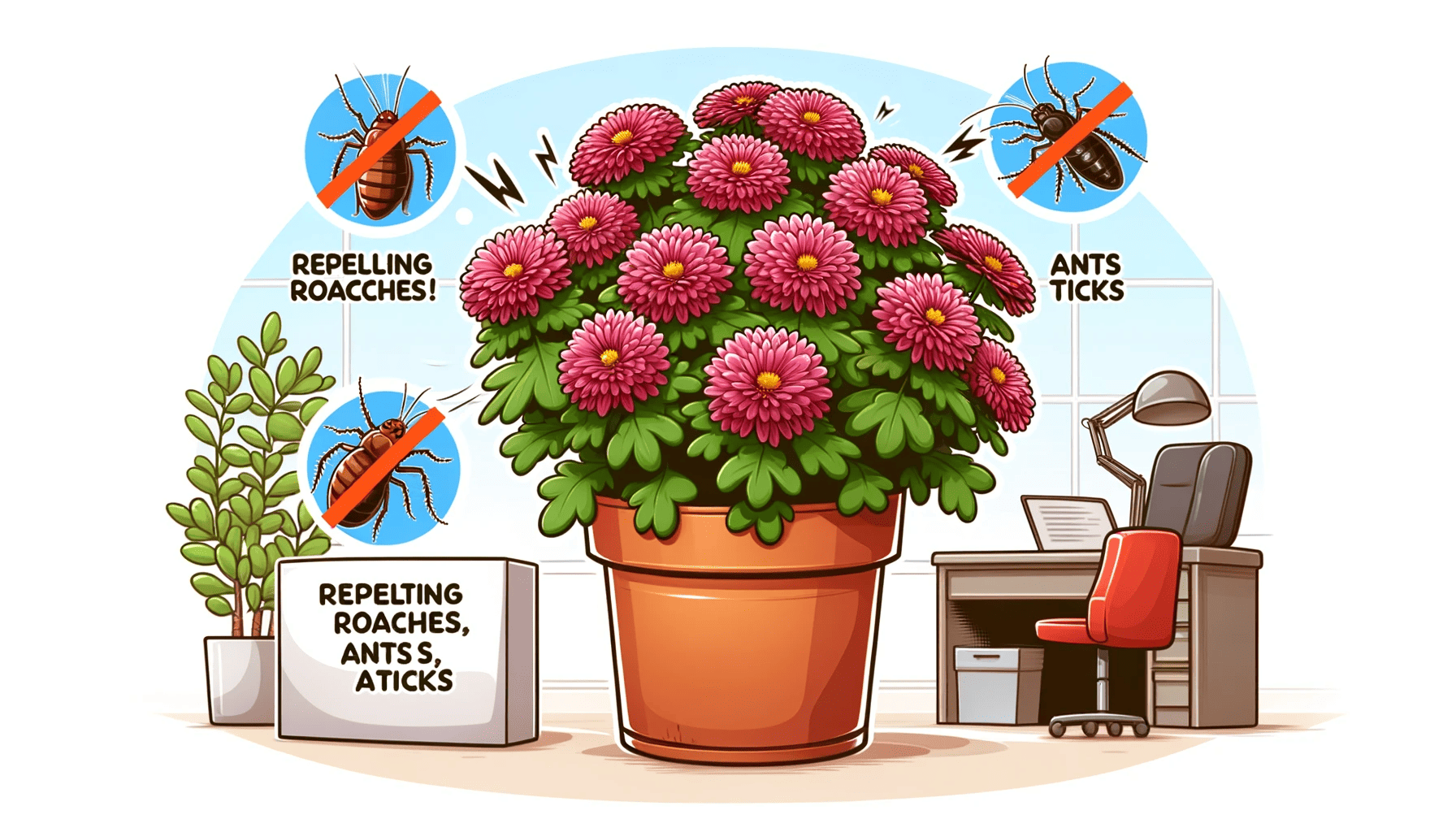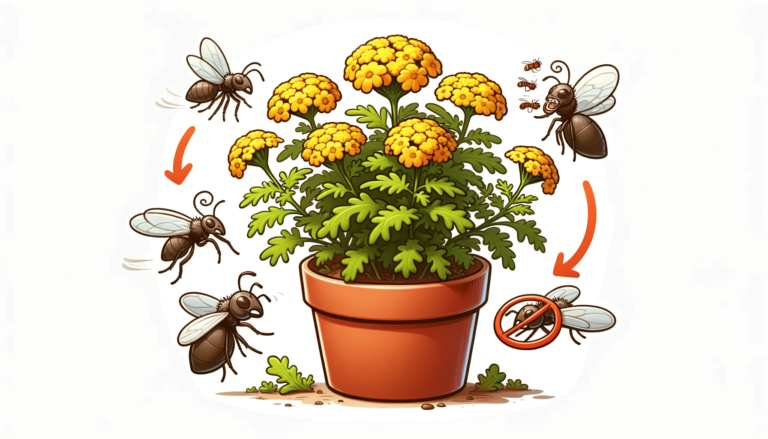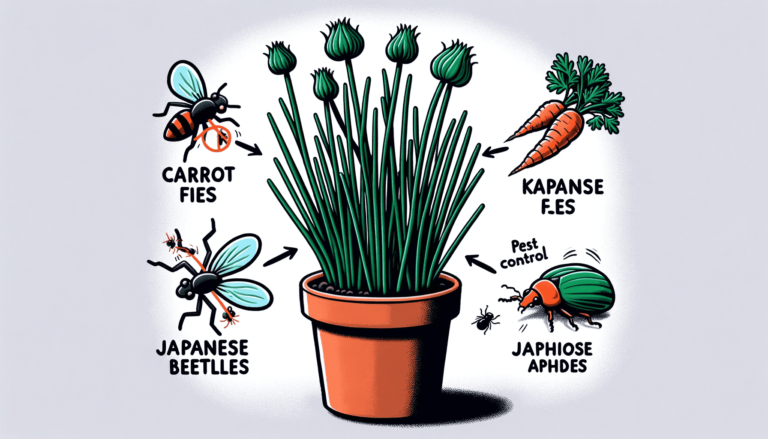Chrysanthemums: Fearless Pest Protectors You Got to Know About
Have you ever thought of your garden as a battleground? In this constant struggle against pesky insects, chrysanthemums emerge as a secret weapon. But how exactly do these vibrant flowers keep pests at bay?
Chrysanthemums aren’t just about brightening up our gardens.
These plants are nature’s own pest control agents. Packed with compounds that insects find repellant, they offer an eco-friendly solution to your garden woes.
How to Create Your Own Chrysanthemum-Based Pesticide
Creating your own pesticide is simpler than you think. Here’s a quick guide:
- Harvest chrysanthemum flowers.
- Dry and grind them into a powder.
- Mix with water and a mild soap to create a spray.
Understanding Pyrethrins: The Natural Insect-Fighting Compounds in Chrysanthemums
Pyrethrin is effective due to its ability to attack the nervous systems of insects. However, it’s crucial to understand its limitations and how to apply it correctly for maximum effectiveness.
- Pyrethrins: These are the key compounds in chrysanthemums that deter pests.
- Safe for the Environment: Unlike synthetic chemicals, pyrethrins are less harmful to the ecosystem.
Practical Tips for Selecting and Utilizing Chrysanthemum-Based Products
When the going gets tough, pyrethrum-based insecticides are your go-to solution. They’re a step up from natural repellents, offering stronger defense against stubborn pests.
While chrysanthemums are natural, it’s important to use them wisely. Always wear gloves when handling the plant, especially if you have sensitive skin.
When choosing chrysanthemum products, look for:
- Purity of Ingredients
- Sustainable Manufacturing Practices
- User Reviews and Recommendations
The Benefits of Companion Planting with Chrysanthemums
Chrysanthemums are a popular choice for many gardeners due to their vibrant colors and long blooming periods.
Companion planting with chrysanthemums can enhance their beauty and provide additional benefits to the garden.
According to Garden Guides, chrysanthemums pair attractively with other annuals and perennials, especially fall-blooming species. Some species of mums produce natural chemicals that kill harmful soil nematodes and which repel insects.
Marigolds are a classic companion plant for chrysanthemums. They not only add a splash of bright color to the garden but also repel pests such as aphids and nematodes, which can be a common problem for chrysanthemums.
Salvia is another great companion plant for chrysanthemums. Its tall, spiky flowers provide a beautiful backdrop to the round blooms of the chrysanthemums.
Moreover, salvia attracts bees and butterflies, which are important pollinators for both plants. Asters are perennial flowers that bloom in late summer and fall, coinciding with the blooming period of chrysanthemums.
Planting asters alongside chrysanthemums can extend the flowering season of the garden and create a stunning display of colors. Asters also attract beneficial insects such as ladybugs and lacewings, which feed on pests like aphids and mites, thus providing natural pest control for the garden.
- Rotate Crops Regularly
- Encourage Beneficial Insects
- Maintain Healthy Soil
The Role of Flower Varieties in Pest Management
It’s not just chrysanthemums. Marigolds and lavender also play a crucial role in keeping your garden pest-free.
Dive deeper into the world of plant-based pest control with our detailed guide, “27 Indoor Plants Great for Pest Control“. This resource offers insights into various plants, including chrysanthemums, and their unique contributions to maintaining a pest-free environment.
Conclusion
Chrysanthemums do more than captivate with their beauty; they offer a natural and effective solution for pest control.
Integrating these flowers into your indoor environment not only beautifies your space but also provides a safe, eco-friendly way to keep pests at bay.
Remember, every time you admire a chrysanthemum, you’re looking at a plant that excels in both decoration and protection.






